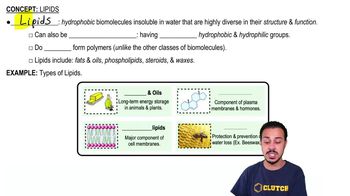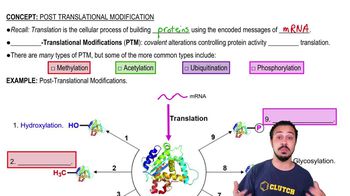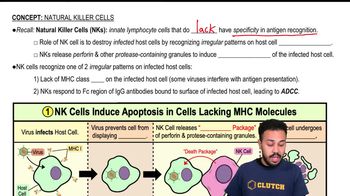Classify each of the molecules on the left as an acid, base, or salt. The dissociation products of the molecules are shown to help you.
H₂SO₄ →2H⁺ + SO²₄⁻
 Verified step by step guidance
Verified step by step guidance



Classify each of the molecules on the left as an acid, base, or salt. The dissociation products of the molecules are shown to help you.
H₂SO₄ →2H⁺ + SO²₄⁻
DRAW IT The following diagram shows the bacteriorhodopsin protein. Indicate the regions of primary, secondary, and tertiary structure. Does this protein have quaternary structure?
<IMAGE>
Classify each of the molecules on the left as an acid, base, or salt. The dissociation products of the molecules are shown to help you.
NaOH → Na⁺ + OH⁻
Macronutrients (needed in relatively large amounts) are often listed as CHONPS. What does each of these letters indicate, and why are they needed by the cell?
The term trace elements refers to
a. the elements CHONPS.
b. vitamins.
c. nitrogen, phosphorus, and sulfur.
d. small mineral requirements.
e. toxic substances.
Briefly describe the components of DNA, and explain its functional relationship to RNA and protein.